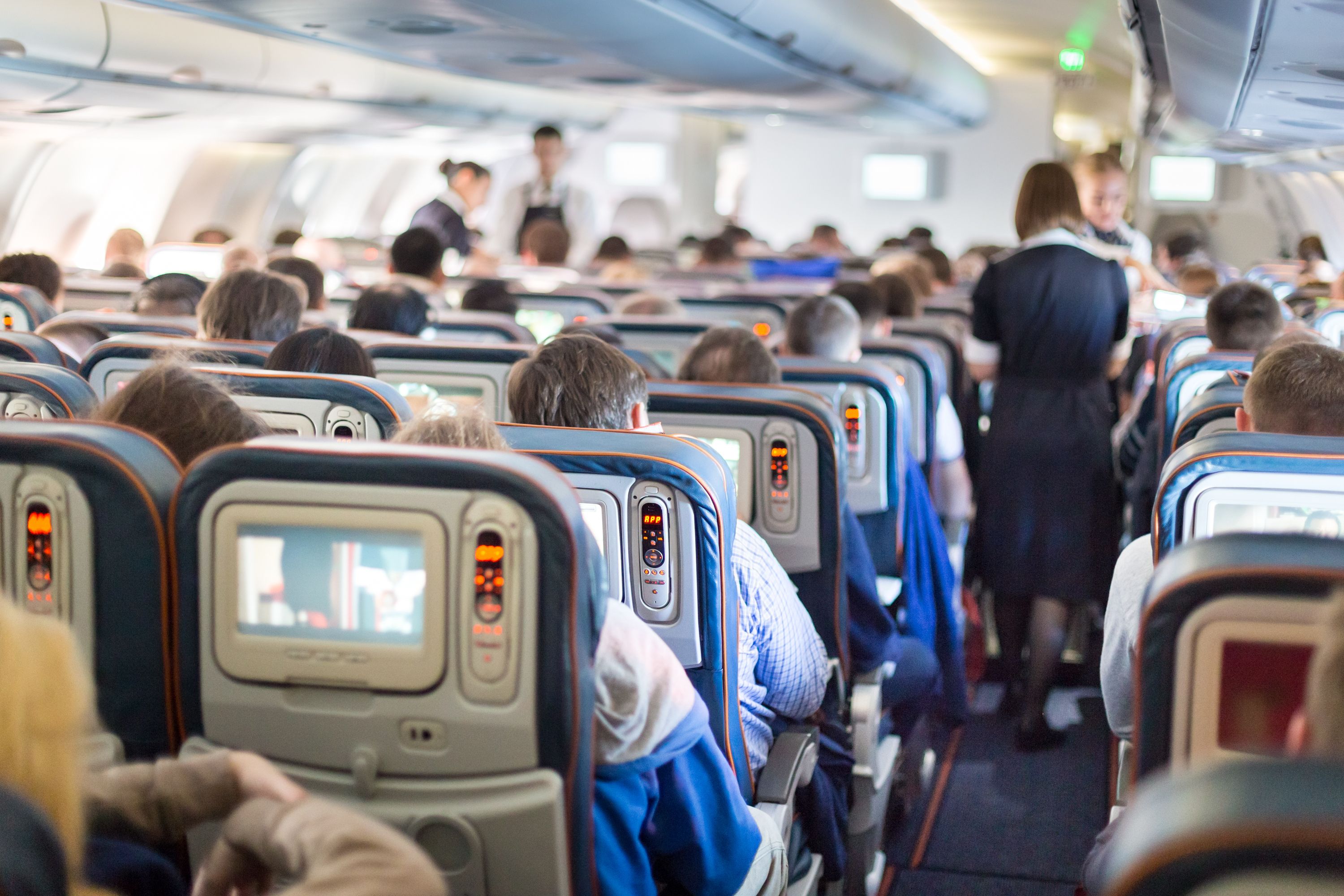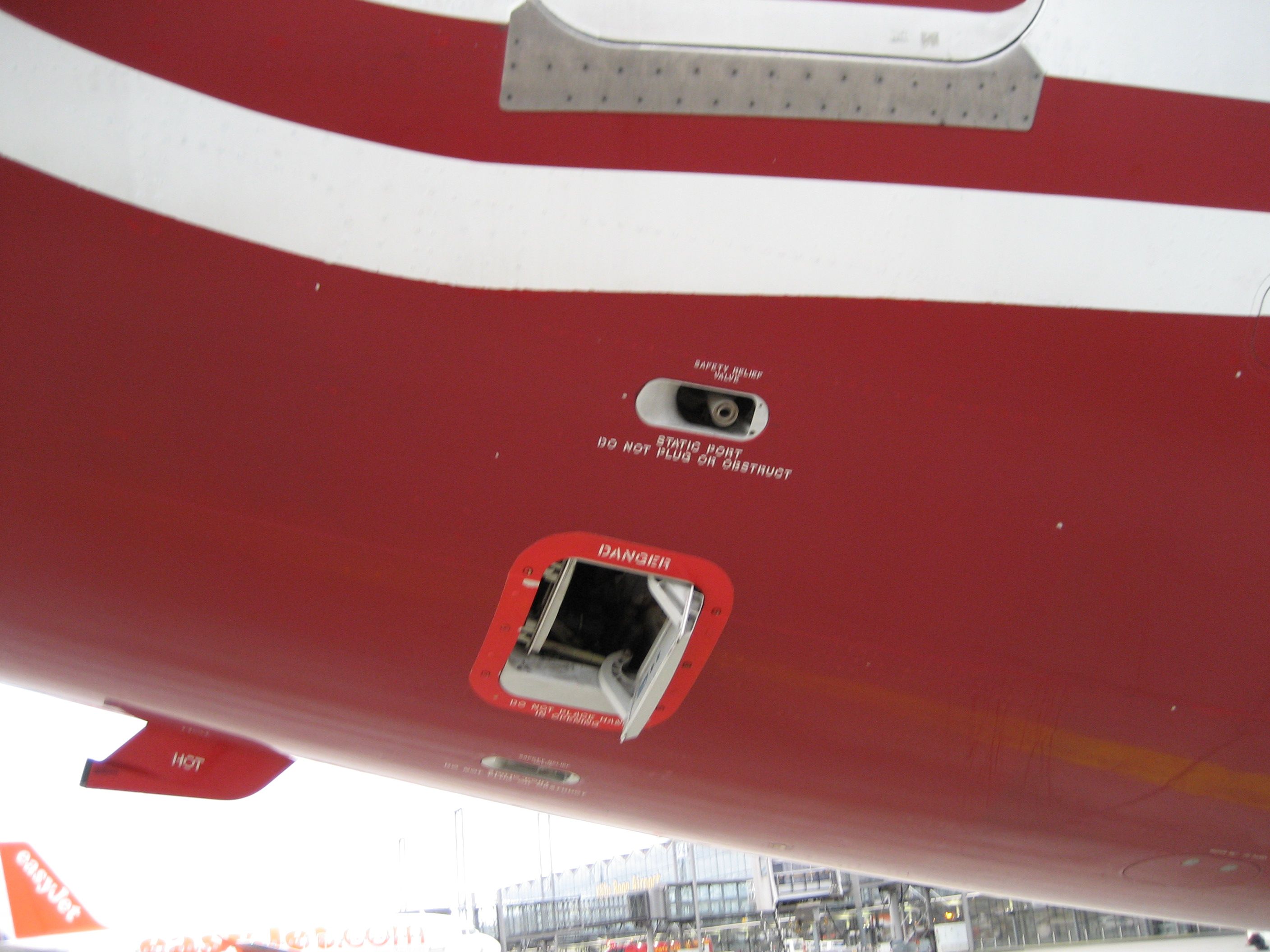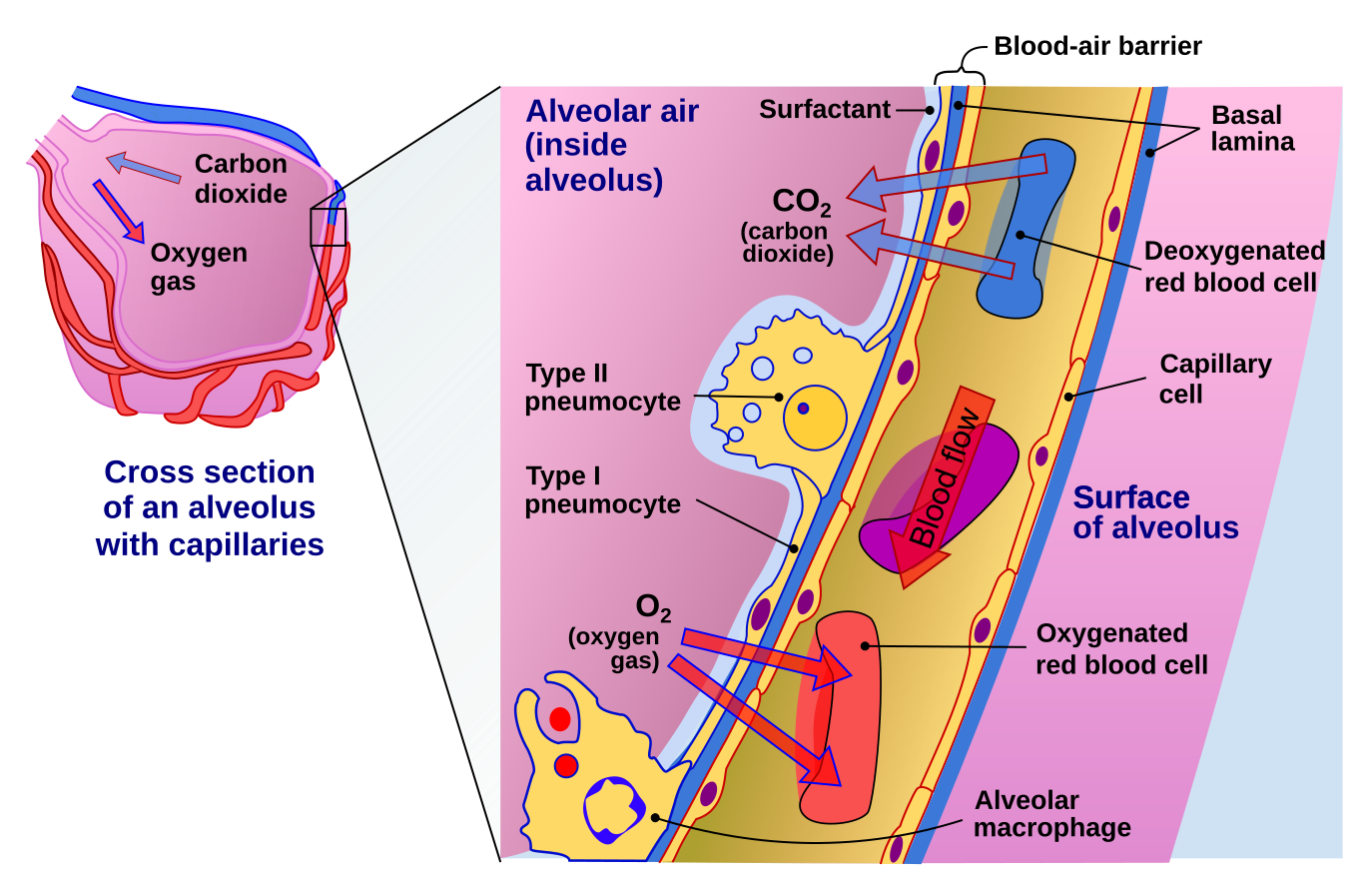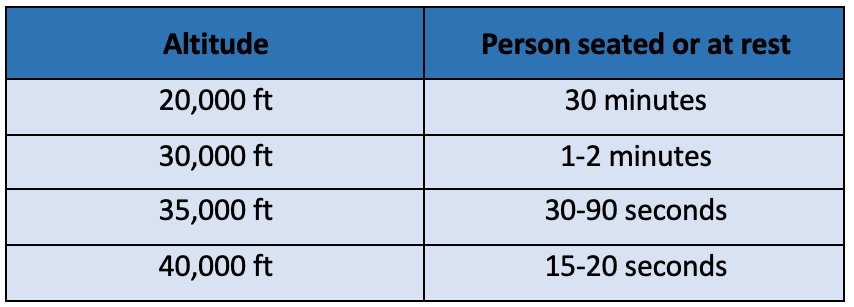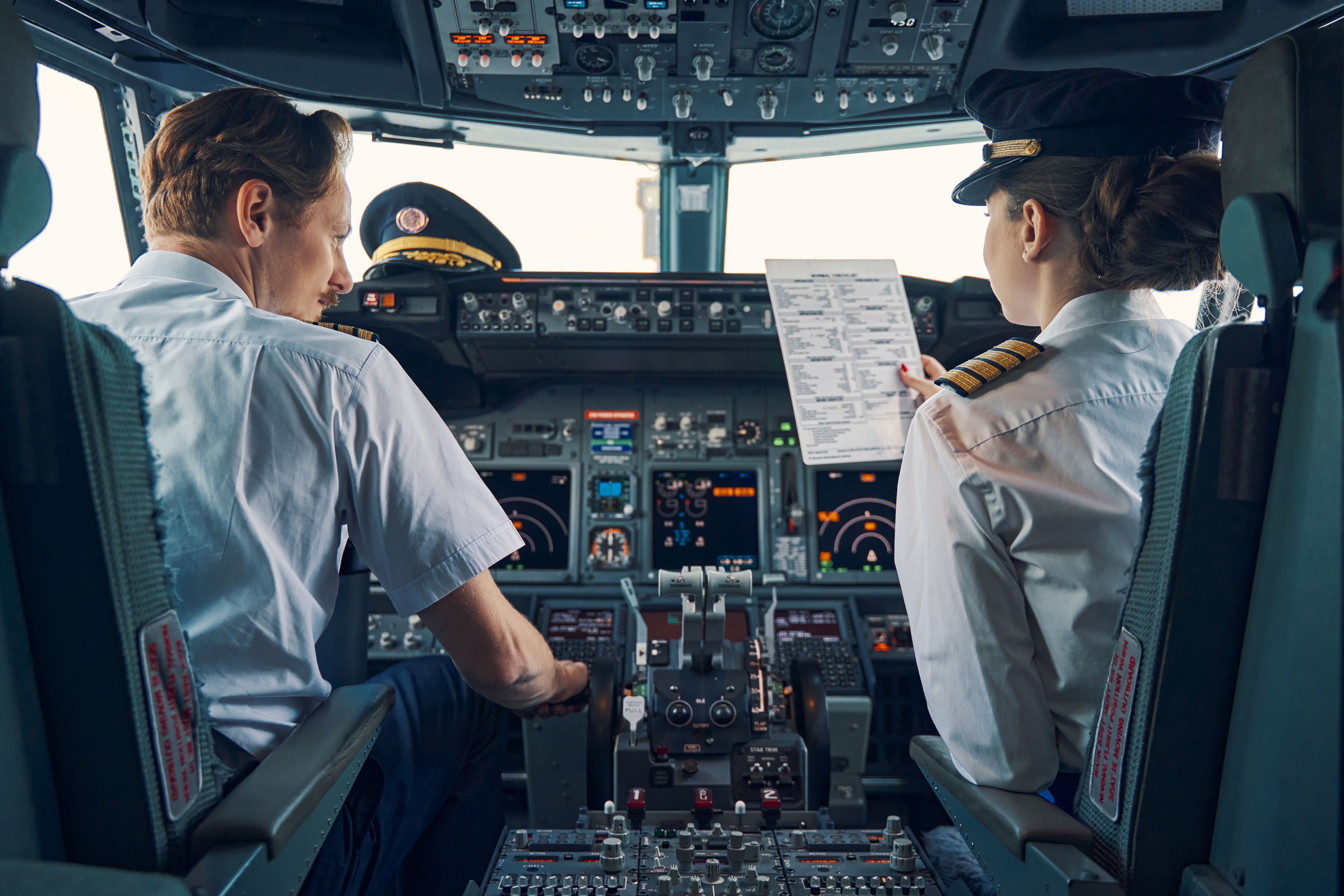Most airliners today fly at high altitudes, which all by itself is a hostile environment where an average human being would struggle to survive. It is not only the cold temperatures but, most importantly, high altitudes that reduce the ability of humans to take in enough oxygen to sustain life. For this reason, aircraft are pressurized.
A brief look at the aircraft pressurization system
The pressurization in an aircraft works by pumping air from the air conditioning system into the cabin in a controlled manner. The air for the air conditioning comes from the engines. To control the pressurization, a valve called an outflow valve is used. This valve is opened to the atmosphere when the pressure build-up is to be reduced, and it is closed when a pressure build-up is required.
When on the cruise at about 35,000 ft a typical airliner maintains the cabin pressure equivalent to the pressure felt at 6000 to 8000 ft. This level of pressure is good enough for passengers to breathe normally. The reason why the pressure is not increased to that of sea level is to increase the durability of the airframe. Higher levels of pressure can put stress on the aircraft's pressurized structure, and this can weaken it in the long run. Here's an image of the outflow valve and the pressure relief valve on a Boeing 737-800:
Why the body struggles to intake oxygen at higher atmospheric altitudes
The common theory is that at high altitudes there is a lack of oxygen. However, this is not entirely correct. The percentage of oxygen in the atmosphere is 21% and it does not change until a very high altitude is reached (about 70,000 ft). The rest of the gases primarily consists of Nitrogen which occurs at 78%.
The total pressure exerted by these in the atmosphere is 760 mm Hg. As oxygen makes 21% of this pressure, the partial pressure of oxygen is 160 mm Hg and that of Nitrogen is 600 mm Hg.
Humans take in air through their lungs. This air is then passed into tiny, microscopic structures called alveoli where the gas exchange occurs between the capillaries and the alveoli. The body takes in the oxygen, and in return, it passes water vapor and carbon dioxide into the alveoli. Because this is a continuous process, there is always water vapor and carbon dioxide present in the alveoli. This together with the requirement for the pressure difference to be the same between the lungs and the atmosphere, the alveoli cannot take in the entire 21% of the oxygen in the atmosphere. Even at sea level, the alveolar oxygen pressure is only 14% (103 mm Hg).
As the altitude increases, the partial pressure of oxygen in the alveoli decreases to the point where it cannot cater to bodily functions. The partial pressure of 55 mm Hg is considered the minimum pressure of oxygen required to sustain normal functions. This occurs at 10,000 ft. Above this altitude, oxygen needs to be artificially added to the body. At lower levels, a mixture of air and oxygen is required to maintain the alveolar pressure. However, as the altitude increases more and more oxygen is required to be added.
At about 33,000 ft a supply of 100% oxygen is required to maintain an alveolar pressure of 103 mm Hg. Above this altitude, a 100% oxygen system cannot sustain the 103 mm Hg pressure, but this does not limit flying above 33,000 ft with 100% oxygen. One could continue until the partial pressure drops to 55 mm Hg until reaching 40,000 ft. At and above this altitude, 100% oxygen must be provided at a higher pressure to maintain the alveolar pressure at an optimal level.
If oxygen is not provided as mentioned above, the body suffers from something called hypoxic hypoxia. Hypoxia causes impaired judgment, memory loss, muscle impairment, etc. and if untreated it can eventually cause the person to lose consciousness which is soon followed by death. One of the most disturbing facts about hypoxia is that it causes euphoria and well-being, just before the loss of consciousness. So, the person suffering from hypoxia may not try to help him or herself during the onset of it.
The time available for someone to react at the beginning of hypoxia is known as the Time of Useful Consciousness (TUC). This is the time available for a person to react correctly to developing hypoxia. The TUC reduces dramatically as altitude increases.
Pilot actions in the event of a depressurization
For pilots, depressurization calls for immediate rapid descent to an acceptable altitude which is preferable to 10,000 ft. But before that, the pilots should immediately put on their oxygen masks. This is the first action as at higher altitudes the TUC is over within a few seconds. Delaying oxygen masks can cause a lack of judgment which can jeopardize the safety of the aircraft. This is one of the main reasons why the actions required by the pilot in a cabin depressurization must be memorized and done without the help of a checklist.
To initiate the descent, the engines are idled and the speed is set to the maximum to convert all that potential energy at the altitude to kinetic energy. When available, speed brakes are deployed to further increase the descent rate. In some cases, even the landing gear can be lowered to increase the drag which in turn increases the rate of the dive.
In today’s aircraft, the passenger oxygen masks are armed to automatically deploy if the cabin pressure exceeds a certain threshold (about 14,000 ft). So, in a depressurization event, when the cabin altitude goes above the threshold, the masks fall from their compartments.
If the automatic system fails, the pilots can manually deploy them from the cockpit. When the masks fall, it should be pulled and placed on the mouth and nose and breathing can be performed normally. Once the aircraft reaches a safe altitude, it is announced by the pilots that the oxygen masks can be removed and normal breathing resumed.
The passenger oxygen supply in most airliners is limited to 13-15 minutes. This is more than enough time for the pilots to put the aircraft at a safe altitude. However, when flying over high terrain descending to 10,000 ft in one go is not an option. If an airline operates on such routes, higher capacity oxygen systems are used and escape routes are developed by the airline’s flight operations department which allows the pilots to descend in phases, away from the terrain to a suitable airport.
Some recent cases
In June 2023, there was a plane crash in Virginia which, according to some experts, may have happened after a loss of oxygen in cabin. A Cessna Citation took off from Elizabethton, Tennessee, heading for Long Island's MacArthur Airport. While flying over Long Island, it inexplicably turned around and headed south. The plane flew straight over Washington D.C. (which prompted the US military to send to jets to investigate). In the end, the plane crashed in rural Virginia. Other crashes involving hypoxia include Helios Airways' flight 522 accident in August 2005.
Also in April this year, a United Airlines flight UA1274 which was flying to Washington Dulles was forced to divert following a flight deck window popped open. This incident had no major consequences.
Have you ever been onboard a flight which suffered from a depressurization? Let us know your experience in the comments below.

